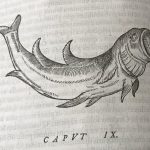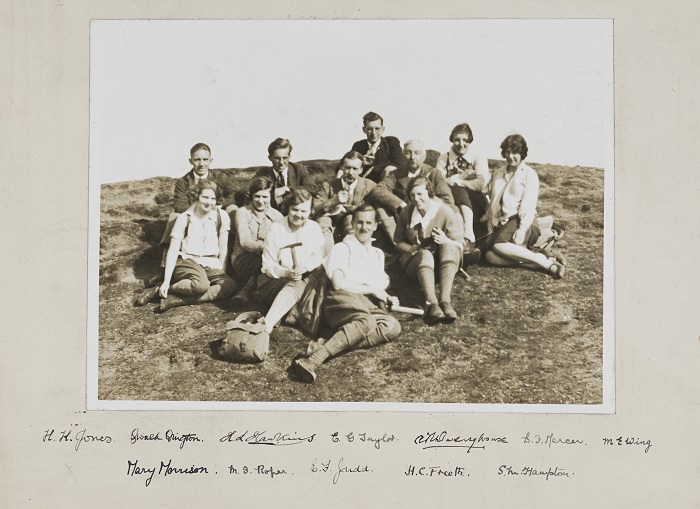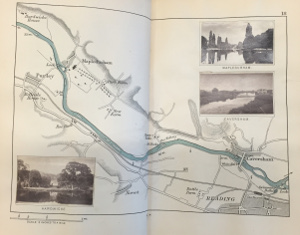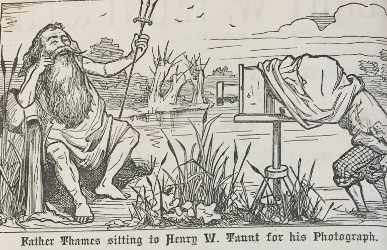Written by Louise Cowan, Trainee Liaison Librarian
The University of Reading’s Special Collections Service is home to the fascinating papers and unique library of Herbert Leader Hawkins, Professor of Geology at the University from 1920 to 1952. According to his biographer, Allen (1970), Hawkins was, “Adventurous of mind, kindly, young in heart, vividly imaginative and telling a superb tale, he radiated a genuinely joyful dedication to geology.” This passion for geology is evident in his collection which includes over 700 maps, letters to and from noted geologists and a book collection featuring classics in the field, such as Rondelet Libri de piscibus marinis, (1554) and Phillips’ Illustrations of the Geology of Yorkshire (1874).
Hawkins established the strong foundations of the University’s Geology Department and enabled it to
flourish in the early 1900s by gathering together the much needed, but often hard to acquire teaching
materials and collections for the course. Allen (1970) teases that there are many intriguing stories of, “how Hawkins “acquired, annexed
or just stole” (his words) the rich collections,” though sadly the tale behind the acquisition of Rondelet and Phillips’ work (above) seems to remain unknown.
Some of my favourite pieces from the collection however, are not ones acquired by Hawkins but those which feature the Professor himself, notably a small number of photographs from geology fieldtrips. Although the geology students didn’t venture far, with labels indicating trips to Dorset, Frome and Shropshire, the images provide a lovely snap shot of Hawkins in his element. Allen (1970) reports one of Hawkins’ students, Professor P.C. Sylvester-Bradley, recalling that Hawkins’ strength as a professor was in his ability “to fire the imagination, and it was especially in the first year and in the field that he was so successful.”
In the photographs we see Professor Hawkins amongst his students, often with pipe in hand, perfectly matching the description of him given by Allen (1970):
Physically and sartorially Hawkins was the epitome of a contemporary geologist: nimble of gait, wiry, walrus-moustached, unfashionably long- haired, brown-booted and attired in brown tweed hat, jacket and baggy trouser.
These field trips often involved demonstrations using Hawkins own hand drawn, large-scale maps, which are also stored as part of our collections and some were even “topped off by Hawkins’s accomplished playing on the piano.” (Allen, 1970)










